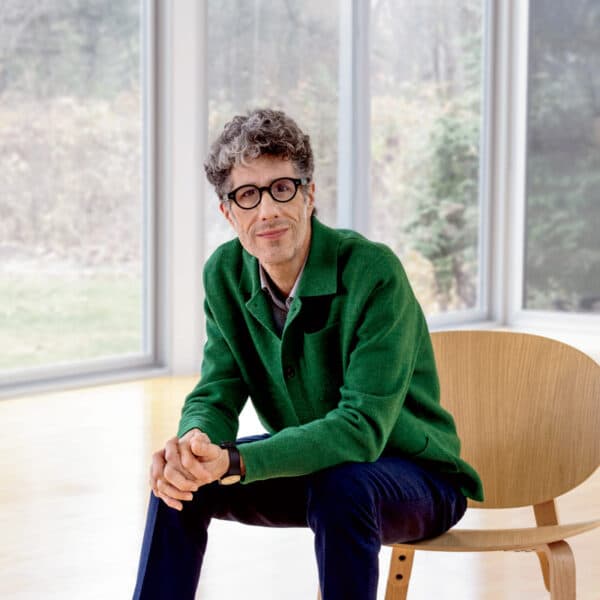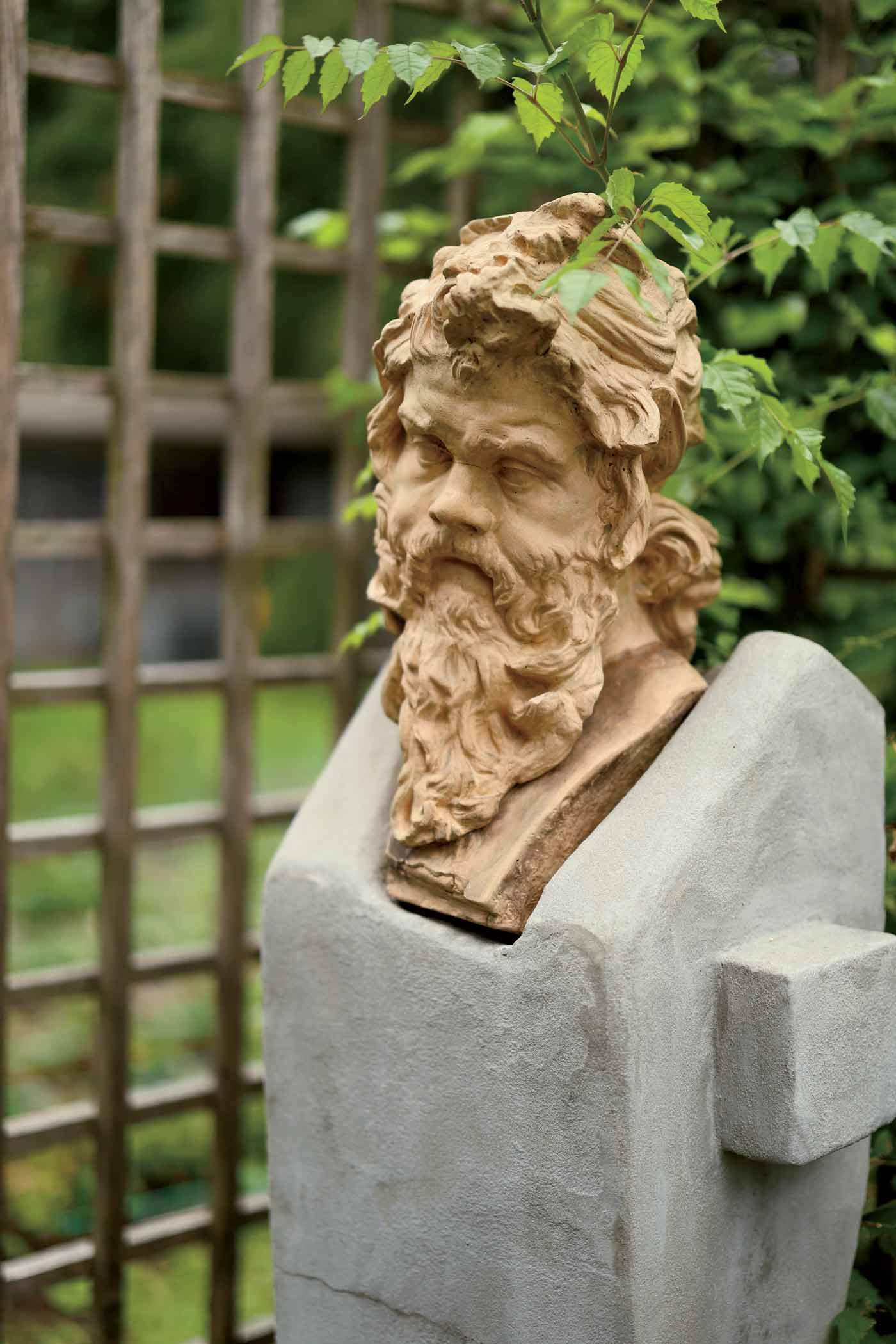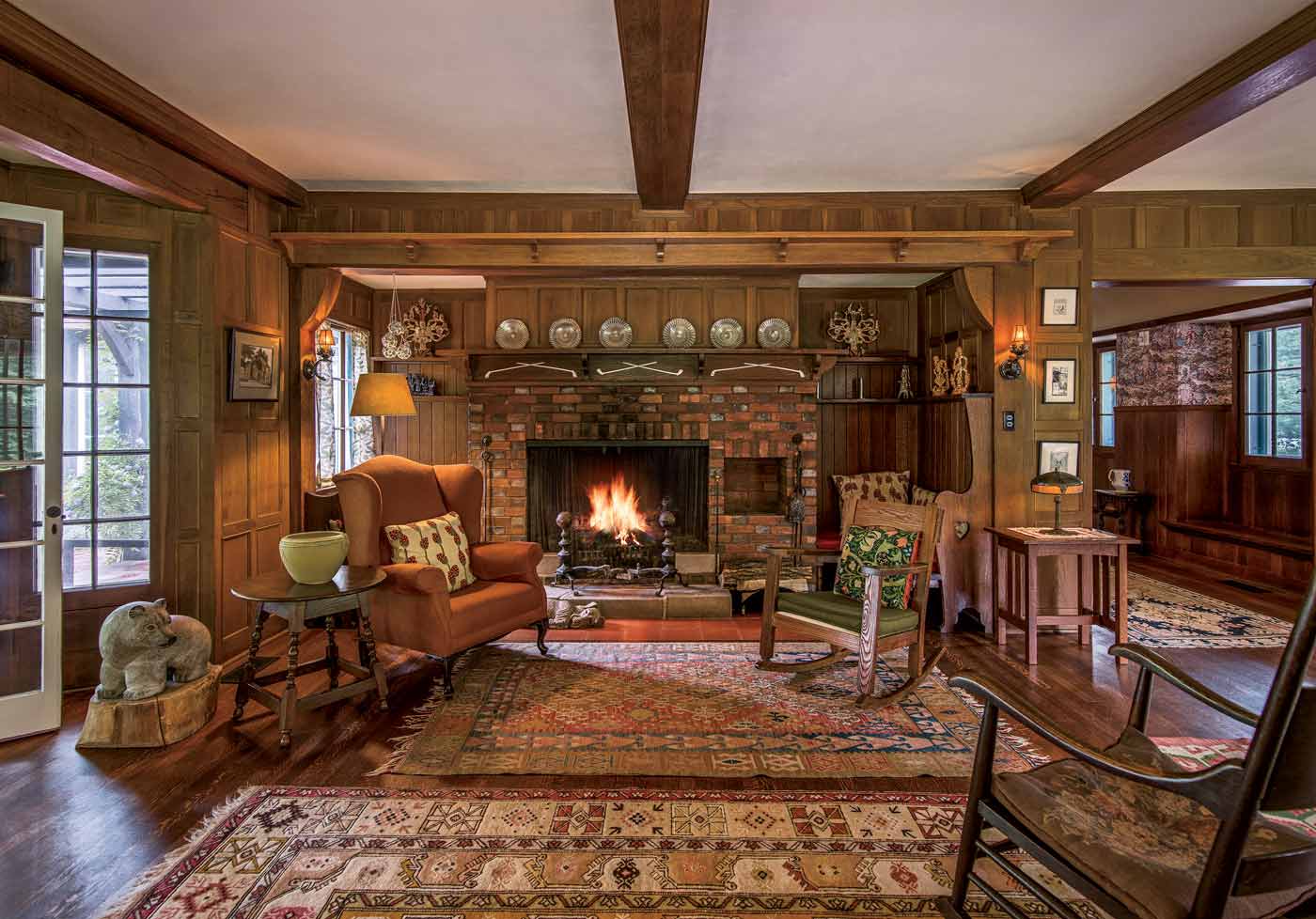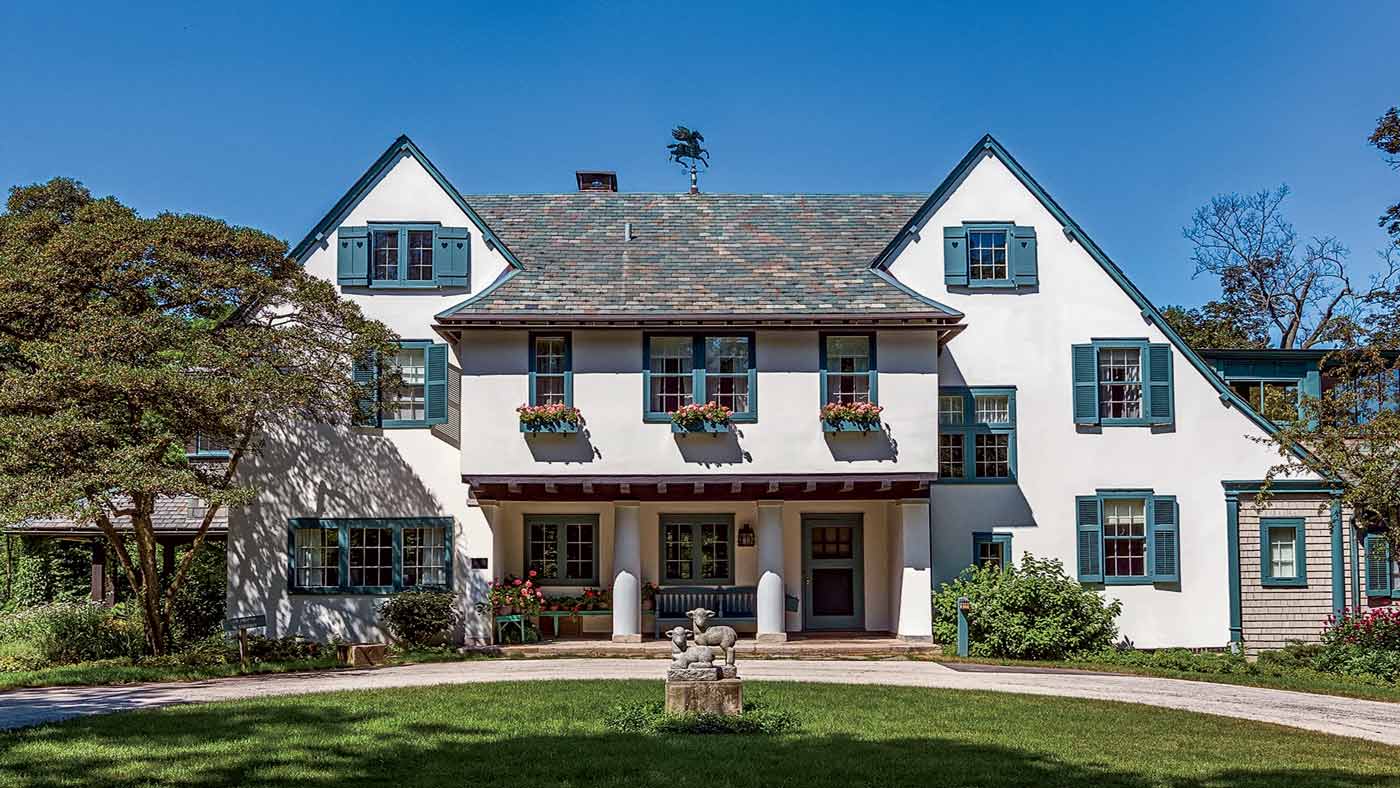RAGDALE’S NEXT CHAPTER
By Monica Kass Rogers
WORDS & PORTRAIT PHOTOGRAPHY BY MONICA KASS ROGERS
STYLING BY THERESA DEMARIA
Paul Sacaridiz
By Monica Kass Rogers
WORDS & PORTRAIT PHOTOGRAPHY BY MONICA KASS ROGERS
STYLING BY THERESA DEMARIA
Paul Sacaridiz

It’s been 25 years since Paul Sacaridiz, The Ragdale Foundation’s new Executive Director, first came to the Lake Forest nonprofit as an artist-in-residence. A deep-thinking artist, his work as a sculptor would be exhibited at the Philadelphia Museum of Art, the Denver Art Museum and other venues throughout the country. Then, building from this base, Sacaridiz would go on to lead as an educator and administrator in higher education and the nonprofit sector, shaping sustainable programs and systems designed to meet artist’s needs in an ever-changing world.
Some of those roles included serving as Director of the Cranbrook Academy of Art, and as Executive Director of the Haystack Mountain School of Crafts in Deer Isle, Maine. While there, Sacaridiz was responsible for setting mission, vision, and programming for one of the leading studio craft programs in the country. He expanded audiences by developing many new partnerships and collaborations—the Norwegian Crafts Council, the Shigaraki Cultural Center in Japan, and the Smithsonian Institution, among them.

During his tenure at Haystack, Sacaridiz also led the school through its first comprehensive strategic plan, launching a long-range campus planning process with the focus on accessibility, historic preservation, and sustainability. Navigating Haystack through the pandemic, Sacaridiz created fellowships to support BIPOC students, launched a new program for LQBTQ teens, and completed major facility and infrastructure upgrades to the historic campus. All of this, plus growing the school’s endowment from $9 million to over $24 million.
Earlier in his career, Sacaridiz chaired the Department of Art at the University of Wisconsin-Madison, served as Associate Director of the Wonsook Kim School of Art at Illinois State University and was a Fellow with the National Council of Arts Administrators. He also has extensive experience serving on nonprofit boards including the National Council on Education for the Ceramic Arts (NCECA) and the Craft Emergency Relief Fund (CERF+).
“I seem to come into organizations when they are in transitional moments, when change is afoot,” says Sacaridiz. “At Haystack, my predecessor had been there for 27 years and the school was ready for a new perspective and outlook. Ragdale is in a similar position. For me as a leader coming into an organization that is at a time of transition, it requires an intense amount of focus and strategy and thought.”
Now at the helm of Ragdale, which celebrates its fiftieth anniversary in 2026 as one of the country’s largest interdisciplinary artist communities, Sacaridiz has spent the past number of months observing the organization, establishing relationships, and planning for the organizations next chapter.
“It’s incredibly important to ensure that a place like Ragdale will sustain for another 50 years and beyond,” he says. “We are living in a fast paced and increasingly divided time. We don’t inherently have many quiet spaces in our lives to be reflective anymore. Ragdale provides that space and time for artists to ask challenging questions, which in turn help us to see the world in new ways.”
Time spent at Ragdale has allowed many artists to find answers to such questions, going on to produce works that have helped to shape American art and culture. “And that’s a very profound concept,” says Sacaridiz.

The shift from being an artist, academic and teacher into someone thinking and working administratively, was a natural progression for Sacaridiz. “Bringing clarity to systems, processes and structure, looking at history to discern what to pull forward, what should be left behind, what needs to be reinvented, and what are all of the ways to ensure people feel seen, safe and valued,” says Sacaridiz. “Thinking about and finding answers to these questions is, and always has been, wildly interesting to me.”
Sacaridiz appointment comes at a pivotal time for Ragdale as it asks the question, “Who are we now, at 50?” The organization just completed three years of capital projects after a successful capital campaign that raised $6.8 million to renovate, expand and rehabilitate the historic property. It also just received a transformational gift of $750,000 that will be used to establish Ragdale’s first dedicated endowment fund for programs and general operations. “So, my job now is to help us transition from capital projects, to re-focus fundraising efforts on developing greater fiscal sustainability, building our operational endowment and expanding fellowship opportunities for artists,” says Sacaridiz.
Currently, Ragdale funds eleven fellowships annually, providing a fully funded residency, housing, and a stipend to selected artists. Ragdale also hosts about 250, three-week-long, artist-residencies for which participants pay on a sliding scale. “But my goal is to triple our Fellowship by the end of 2026 so that we can offer up to 40 fellowships each year to support artists at various stages of their careers.,” says Sacaridiz.

He adds that there are many interesting structural questions Ragdale is also thinking through as it envisions change and growth: How to better engage with the local community and the community at large? How can Ragdale expand and deepen educational outreach? As thought leaders, can Ragdale collaborate with other institutions to co-produce conferences, symposiums and convenings? What is the organizations social responsibility as an institution, or its role in bringing arts programming to support underserved communities? And how do we develop deeper connections with arts and culture organizations in Chicago?
One big question overall is how Ragdale can accomplish these more public-facing objectives while still ensuring the privacy and solitude that is part and parcel of its core mission: To steward an inspirational environment that fosters courageous creativity and inclusive community through its artist residencies. “It’s important that we evolve, but still preserve the institution’s core. We are a residency program, not an art school,” Sacaridiz explains.
Whatever unfolds as the evolution continues, Sacaridiz is excited at the prospect of thoughtful change. “Ragdale has had such lasting impact because of the ideas artists have explored here. That’s been true since this place began, as Howard Van Doren Shaw’s family retreat and what can be thought of as a literal experiment in building a creative community dating back to 1897, for family and friends, and that spirit is still very much present today. But many people don’t fully understand the impact that Ragdale has had, and the significance of the artists we bring here. Telling that story is a top priority. I am so excited for the momentum that we are building and the opportunities we have to steward and grow this remarkable place.”
Sign Up for the JWC Media Email